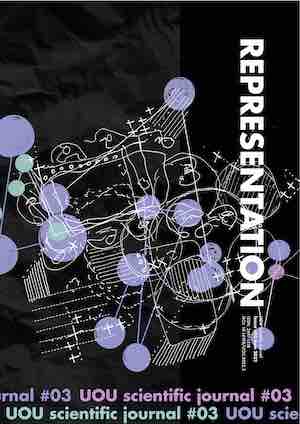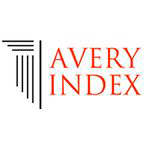The Clock(s) of A Drawing and the Hermetic Time-Reader/Teller: Dreaming of Drawingdials and the Enigmatic Hour(s) of A Drawing
Abstract
The alluring thought of experiencing more than one sunset in a single day does not only refer to the curious wonders of the inconsistency of our unstable, mobile spatio-temporal situatedness within the universe, but perhaps also to the curious apparentness of the non-linearity of the perception of time. We encounter such a profound occasion in Roger Ackling’s Five Sunsets in One Hour (1978):[i] A gentle walk on a hill triggers the horizon to accompany and move along with the walker, thus multiplying the sunset that could be experienced in a single day. While the walker doubles herself/himself as the ‘time-reader’ and marks each sunset on the paper manifesting the plurality of the sunset, her/his relationally changing situatedness paradoxically renders each sunset ‘unique’.
The historical trajectories of the act of ‘reading the time’ passes beyond looking at a ticking clock, thus also beyond a purely mathematical calculation and mechanical construct. It is also not a mere coordinational matter set between the world and the universe, but it also includes ‘us’ as ‘the hermetic reader/teller/writer’ as an inherent part of it. Sundials and astrolabes manifest the existence of this ‘hermetic time-reader’ primarily as an engraved ‘drawing’ on earth, paper or portable plates. These ‘time-telling drawing’(instrument)s are in fact the result of an embodied reading of the universe, which in turn become ‘projective’ reading machines; in Daniel Libeskind’s terms, one of the three lessons of architecture.[ii] Constantly compelling interpretive narratives from the ‘reader’, these sundials could be considered in a broader framework as ‘divination’ machines, calling for variegated horoscopic narratives.
Does this contemplation not seduce us secretly to think of the possibility of ‘a clock of a drawing’? In order to explore the curious spatio-temporal, embodied practice of divination of a drawing through the act of drawing, and also in order to unfold ‘us’ - ‘the drawer’ as the integral ‘hermetic reader’ in the drawing, we decided to work on this question speculatively in our elective course in the fall semester 2021-2022. Our project of ‘the clock(s) of a drawing’ started firstly as an embodied reading of a selected drawing through variegated projective methods. In due course, the projective cast of drawing demonstrated itself not as a static construct, but as a ritualistic and poetic act – as drawingdials. These projective drawingdials, with the ‘hermetic drawers’ as a part of them, are constantly re-read and re-written, almost transforming themselves into enigmatic drawing-instruments.
Is it not possible to speak of the enigmatic hours of a drawing? Perhaps, yes, it may be possible: the hours of a drawing are crystallized within the projective and embodied languages and constructions of drawing itself, as we can see quite poetically in John Hejduk’s The Collapse of Time (1984).[iii][i] https://www.tate.org.uk/art/artworks/ackling-five-sunsets-in-one-hour-t03562
[ii] https://libeskind.com/work/cranbrook-machines/
[iii] Hejduk, J., The Collapse of Time: Diary Constructions, AA Publications, 1987.
Funding
Fac. of Architecture, Istanbul Bilgi University, Guest Lecturers, Fırat Erdim, Iowa State University, Lyle Massey (UC Irvine), Anne Romme, KADK, Adrianos Efthymiadis, Ipek Avanoglu, Istanbul Technical UniversityDownloads
References
https://www.tate.org.uk/art/artworks/ackling-five-sunsets-in-one-hour-t03562
https://libeskind.com/work/cranbrook-machines/
Hejduk, J., The Collapse of Time: Diary Constructions, AA Publications, 1987.
Downloads
Published
How to Cite
Issue
Section
License
Copyright (c) 2022 E. Bahar Avanoglu

This work is licensed under a Creative Commons Attribution 4.0 International License.
The authors keep their rights upon their work, although they transfer, in a non-exclusive way, the rights of exploitation (reproduction, publication, distribution, public dissemination and presentation) to the Journal. The authors are, therefore, free to enter additional, separate contracts for the non-exclusive distribution of the version of the work published in the Journal (for instance, by hosting in an institutional repository or publication in a book), provided credit is given that the work was initially published in this journal. The works are published under a Creative Commons Attribution 4.0 (CC BY 4.0) license.












